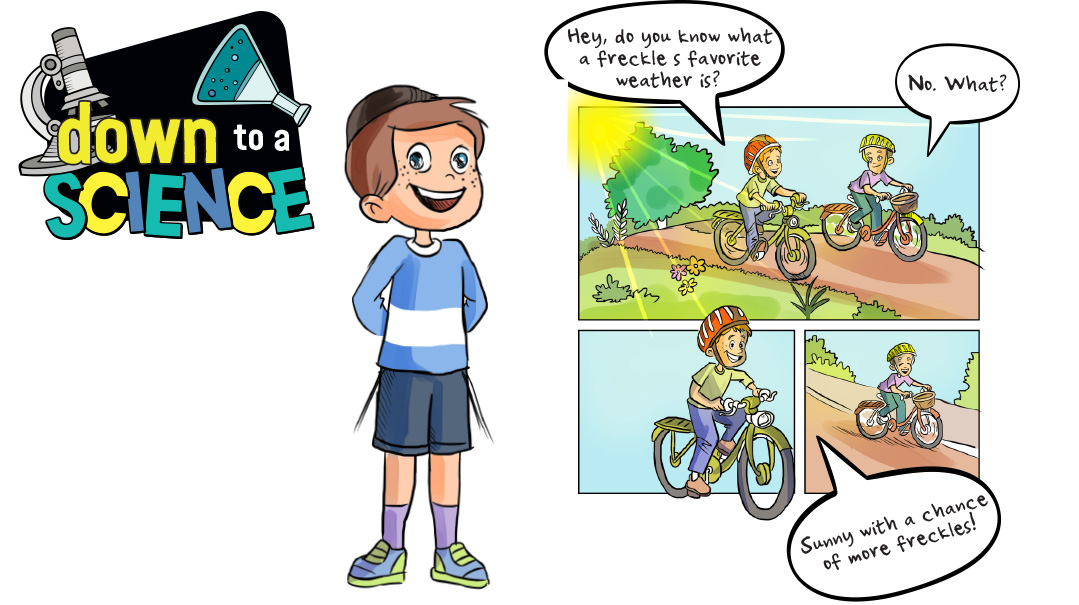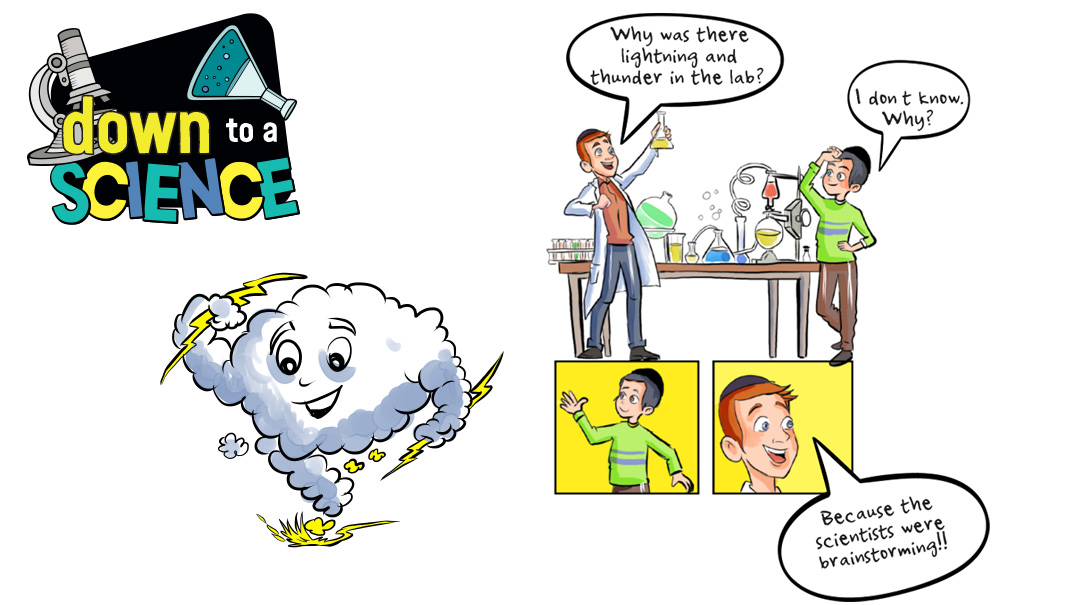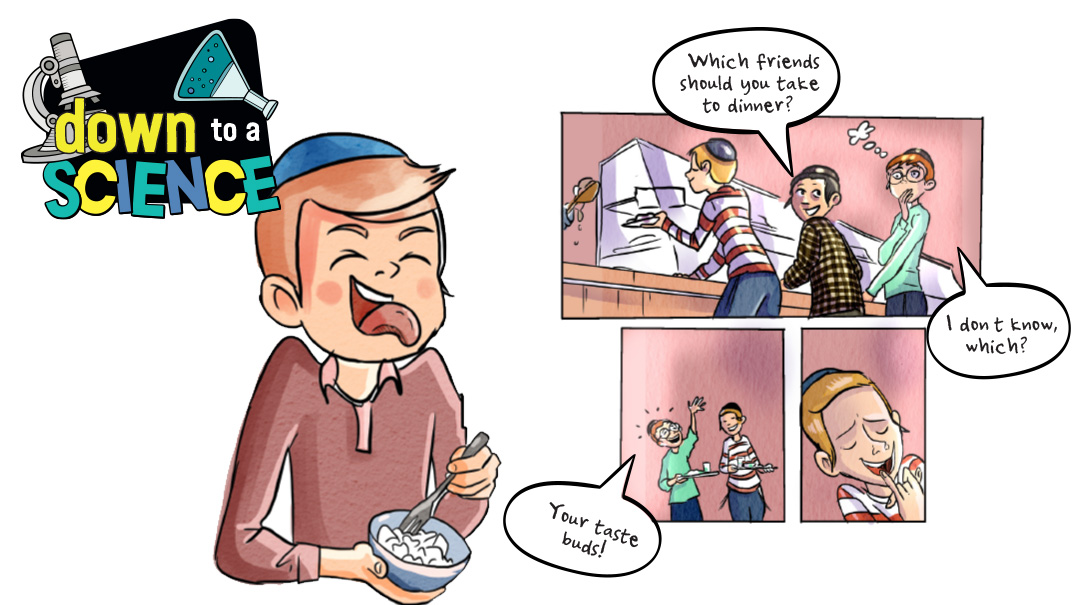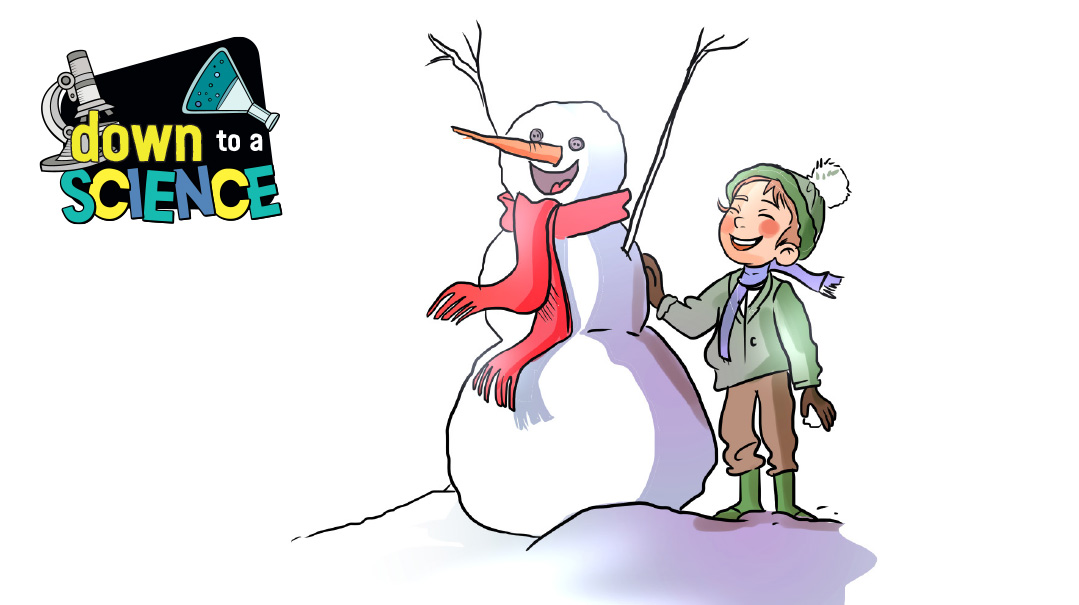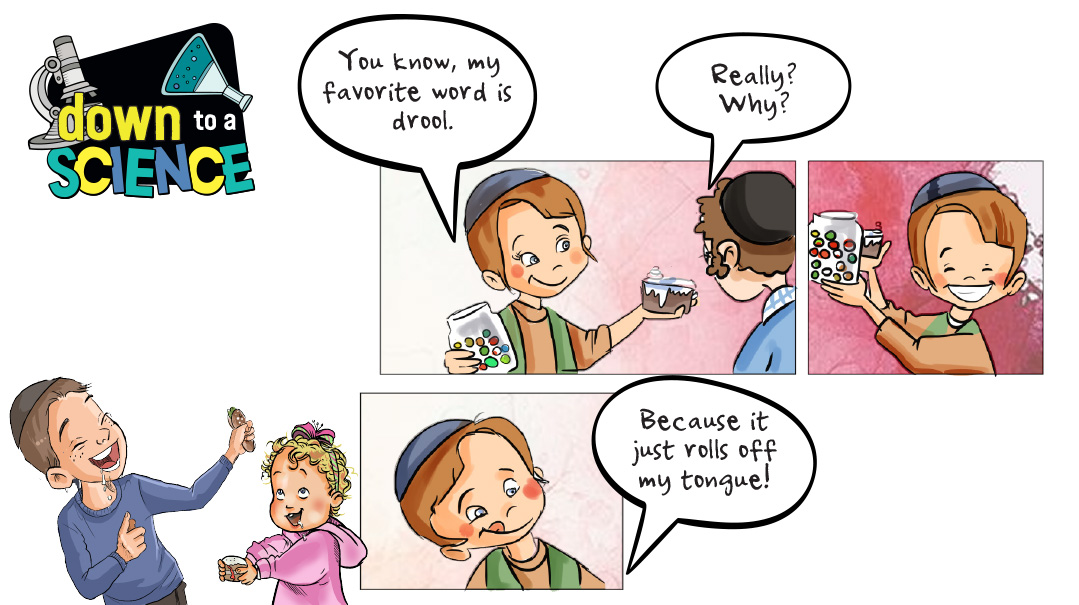Potatoes

The average American eats about 140 pounds of potatoes a year
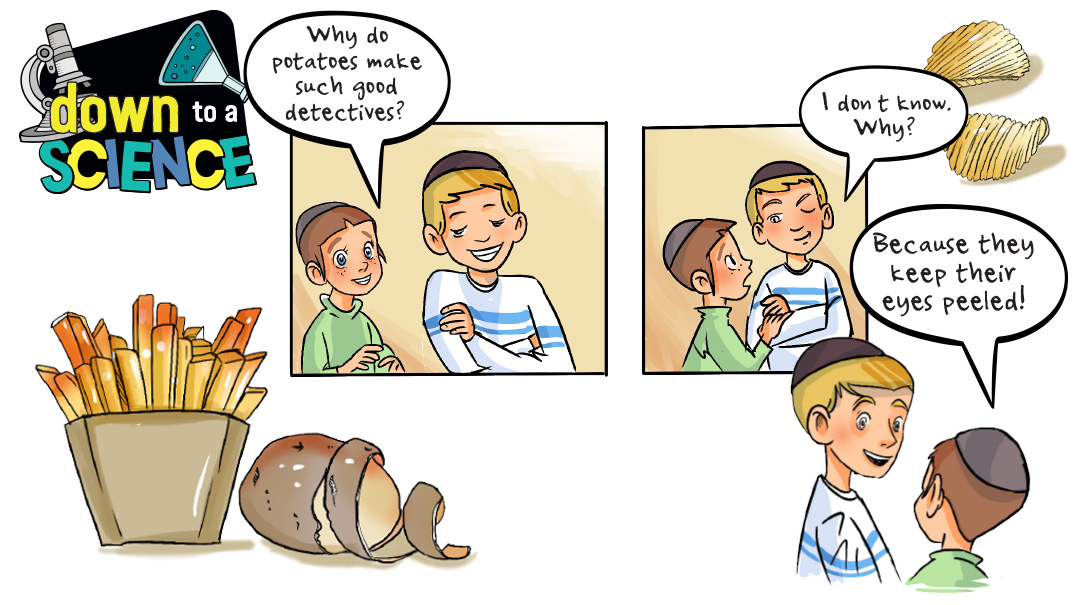
Hello kiddos,
This is Professor Mordy Maven, Thinker, Wonderer, and Figure-Outer of all things Science-ish. What that basically means is I try really hard to figure stuff out. I do the hard work so you don’t have to!
You’ve probably noticed that it’s school time again, Yom Tov session is over, no more vacation for now. Sigh. Instead, we’ve got homework, rules, and teachers telling us that we can be anything we want to be. As long as we finish our homework first.
I was thinking about this as I ate my French fries. The truth is that I can’t actually be anything I want to be. For instance, I can’t drive an ice cream truck because I don’t have a license. I can’t fly (trust me, I’ve tried), and I can’t even stay up all night because my mother doesn’t let me.
That was kind of depressing. I decided to find myself a role model, an example to inspire me that I can be or do amazing things, and I shouldn’t let anyone get in my way. And once I was thinking about that, I realized that, obviously, my hero is… the potato.
First of all, I think we can all agree that potatoes make up three of the most important food groups: mashed, chips, and kugel.
But that’s not all. Potatoes are key to science and history and medicine. They have museums and special days dedicated to them. When I thought about all the many things potatoes do, I realized that I had to know more about this magic vegetable.
So I grabbed a bag of chips and ran up to my room to start my research. Here’s some of what I discovered:
Potatoes were first grown by the Inca Indians in Peru, a really long time ago. The Incas used them for food but also as medicine. They would rub raw potato skins on blemishes or achy joints. Today, there are many people who believe that potato skins can be useful in healing burns, so the Incas were really onto something! In 1550, Spanish conquistadors brought potatoes to Europe, and the governor of Bermuda sent two large chests full of them to America, as a gift, in 1621. (Imagine opening a gift box and finding it filled with potatoes. It’s better than a new sweater!) In the 1700s, Austria and Prussia actually got into a war over the fact that these countries were stealing potatoes from each other, and in the 1800s in Alaska, potatoes became so valuable that they were sometimes traded for gold!
So, potatoes are clearly important to world history. But do you know what else they are important for? Your health! Potatoes are low in fat and contain almost all the nutrients we need in a day, including calcium, potassium, vitamin C, and fiber.
In fact, eating potatoes can reduce stress and depression and help with memory and learning. They also maintain electrolyte balance. And who doesn’t want their electrolytes to be balanced, right? That’s why I told my mother that from now on, I want a bowl of potato chips every morning before school. (She told me no. But it was worth trying!)
And did you know that the potatoes in your pantry are still alive? Cool, right? Potatoes grow underground and can remain in a “dormant” sleeping state for up to six months. If they are exposed to heat or moisture they will begin to sprout. That’s why some of your potatoes have sprouts — because they’re still alive! So, having a potato is almost the same as having a pet!
Scientists use potatoes to do plant research, and some companies are making potatoes into packaging.
Potatoes can also be used to generate electricity through the potato battery. (Yes, that’s a real thing!) The starch of the potato can be used to make adhesives for boards and paper and for oil drilling. Do you know what that means? You could technically have a house made of potato paper furniture, with potato starch sticking the wallpaper to the walls and potato batteries lighting the place up! It would be like living in your own cozy potato chip bag! How great would that be?!
And did you know that a billion people eat potatoes each day? And not only on Earth, either. Potatoes were the first vegetable to be grown in space by NASA. They also make great toys, like Mr. Potato Head. Have you ever heard of a Mr. Broccoli Head? No? Me neither. Because, let’s face it, broccoli is nowhere near as fun as potatoes.
Lots of people look at a potato and just see a lumpy, brown spud. But I look at a potato and see medicine, science, food, history, and technology all packed into a starchy little package. I also see hash browns, baked potatoes, and home fries. Basically what I’m saying is that when I look at a potato, I see endless possibilities. And that’s why potatoes are my heroes!
Here are some fascinating facts about potatoes that you might like to know:
Potatoes can be poison! When potatoes go bad, their sprouts contain a compound called glycoalkaloids that can cause stomach pain, nausea, and vomiting.
There are over 5,000 known varieties of potato in the world. And the average American eats about 140 pounds of potatoes a year. That’s a lot of kugel!
Potatoes are easy to grow and don’t need a lot of fertilizers or chemicals.
35% of the potato crop is turned into French fries, 28% is used fresh, and 13% goes to chips!
I hope that helped solve the mystery for you, kids. And with that, I’m on to my next quest…
(Originally featured in Mishpacha Jr., Issue 933)
Oops! We could not locate your form.


